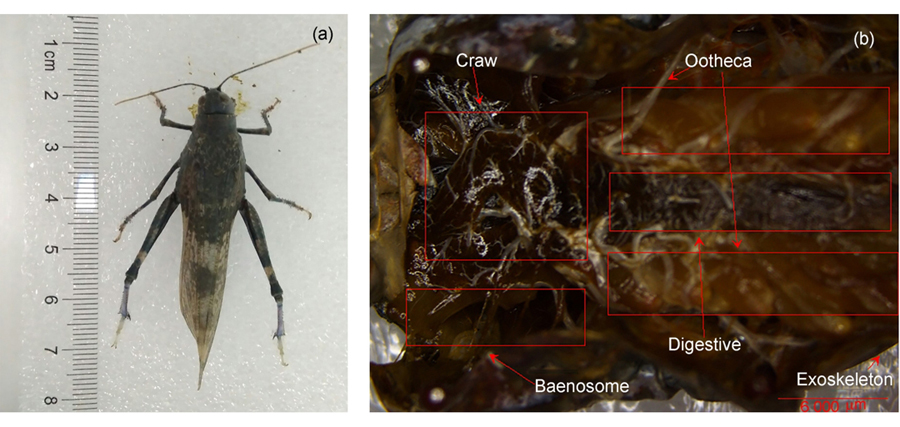Wenjing GONG, Chao ZHANG, Sheng ZHANG, Huijuan WANG, Qiao CAO, Han YUAN, Jianguo LI, Baohua HAN. Dose coefficient estimation for terrestrial Sphingonotus insects near nuclear facilities in Northwest China[J]. Journal of Radiation Research and Radiation Processing, 2022, 40(6): 060702
Search by keywords or author
Journals >Journal of Radiation Research and Radiation Processing >Volume 40 >Issue 6 >Page 060702 > Article
- Journal of Radiation Research and Radiation Processing
- Vol. 40, Issue 6, 060702 (2022)
Abstract

Set citation alerts for the article
Please enter your email address



